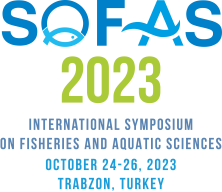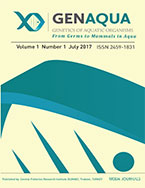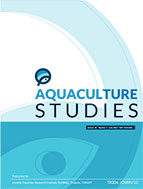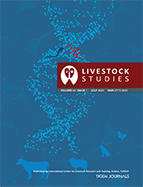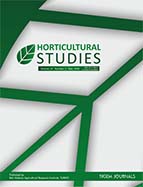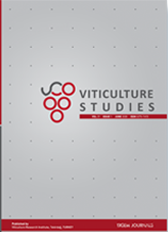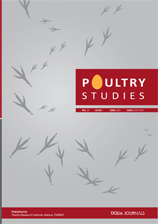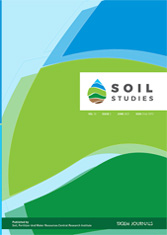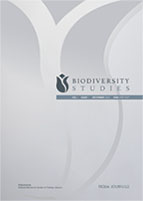Turkish Journal of Fisheries and Aquatic Sciences
2026, Vol 26, Num, 2 (Pages: TRJFAS27951)
Relative Efficiencies of Live, Dry and Mixed Food Diets for Larval Rearing of Tigris Scraper (Capoeta umbla) and the Influence of Stocking Density on Fry Growth Characteristics
2 Munzur University Fisheries Faculty, Aquaculture Department, 62000 DOI : 10.4194/TRJFAS27951 Viewed : 495 - Downloaded : 563 In this research, larval growth features by applying different diets and growth characteristics of fry at different stocking densities were studied under controlled conditions for the Tigris scraper (Capoeta umbla). In the first experiment, the growth and survival rates of Tigris scraper postlarvae were evaluated under three different diet regimes over 21 days. The highest mean total length was 24.04±0.27 mm in the group L1 fed solely Artemia nauplii, and the lowest mean total length was 17.89±0.16 mm in the group L2 fed only dry feed. The highest mean specific growth rate was in the L1, and the lowest mean specific growth rate was in the L2. In the second experiment in which the growth characteristics of fry were investigated at different stocking densities for 98 days, the highest mean live weight was found in S1 with 2.819±0.157 g and the lowest mean live weight was determined as 0.859±0.073 g in S5. The highest mean specific growth rate was in S1, while the lowest rate was in S5. High stocking densities were found to be disadvantageous for growth of C. umbla fry. The findings suggest that successful rearing of Tigris scraper postlarvae and fry is feasible under controlled conditions. Keywords : Capoeta umbla Larval diets Stocking density Fry Growth



